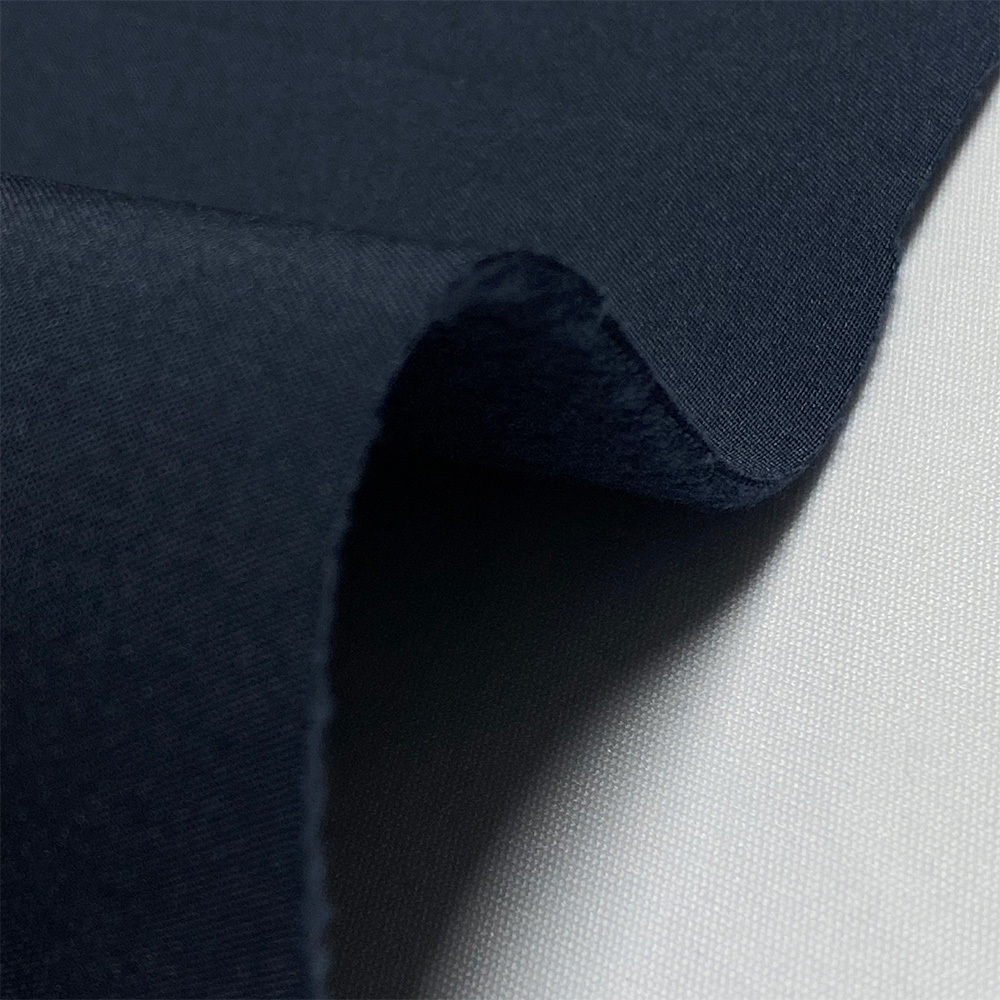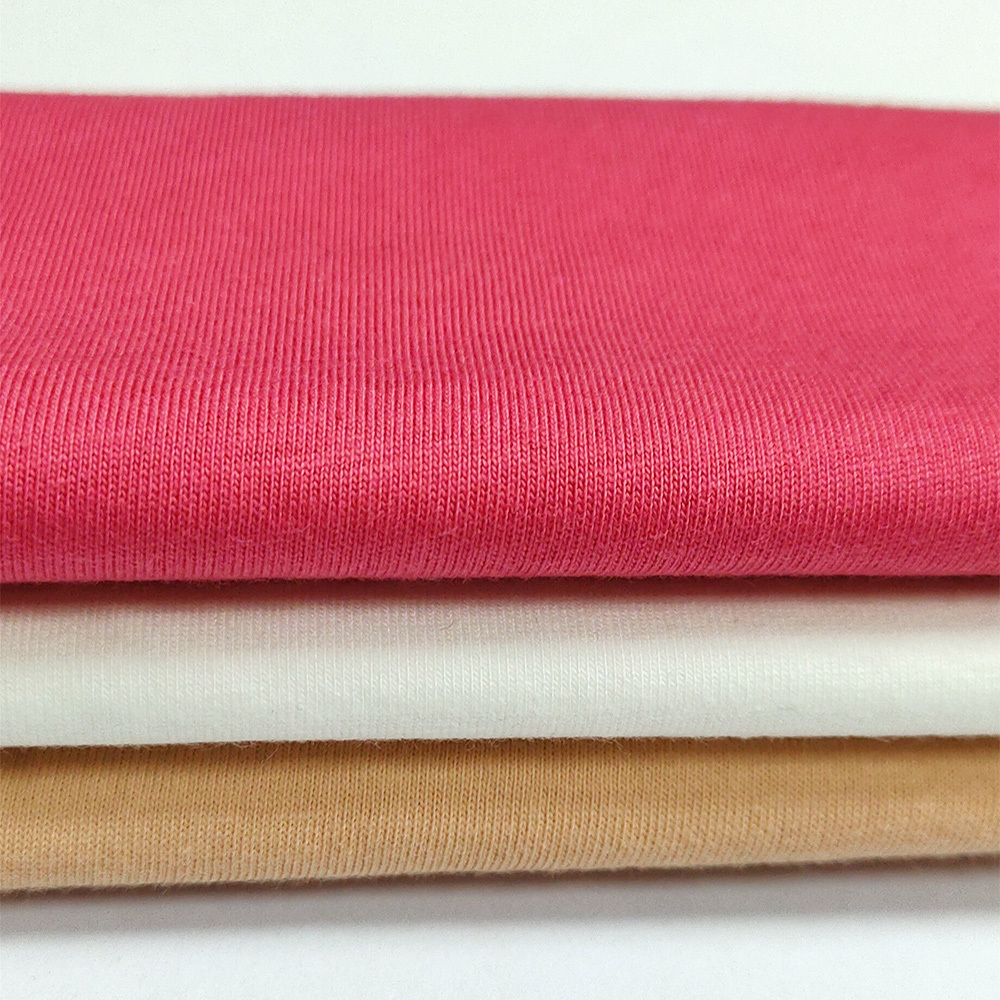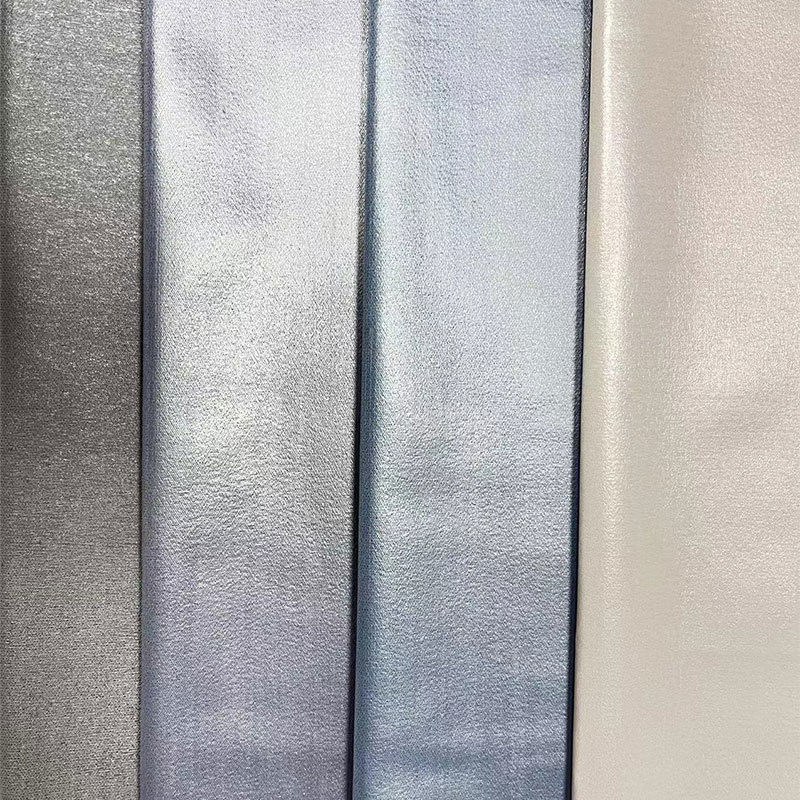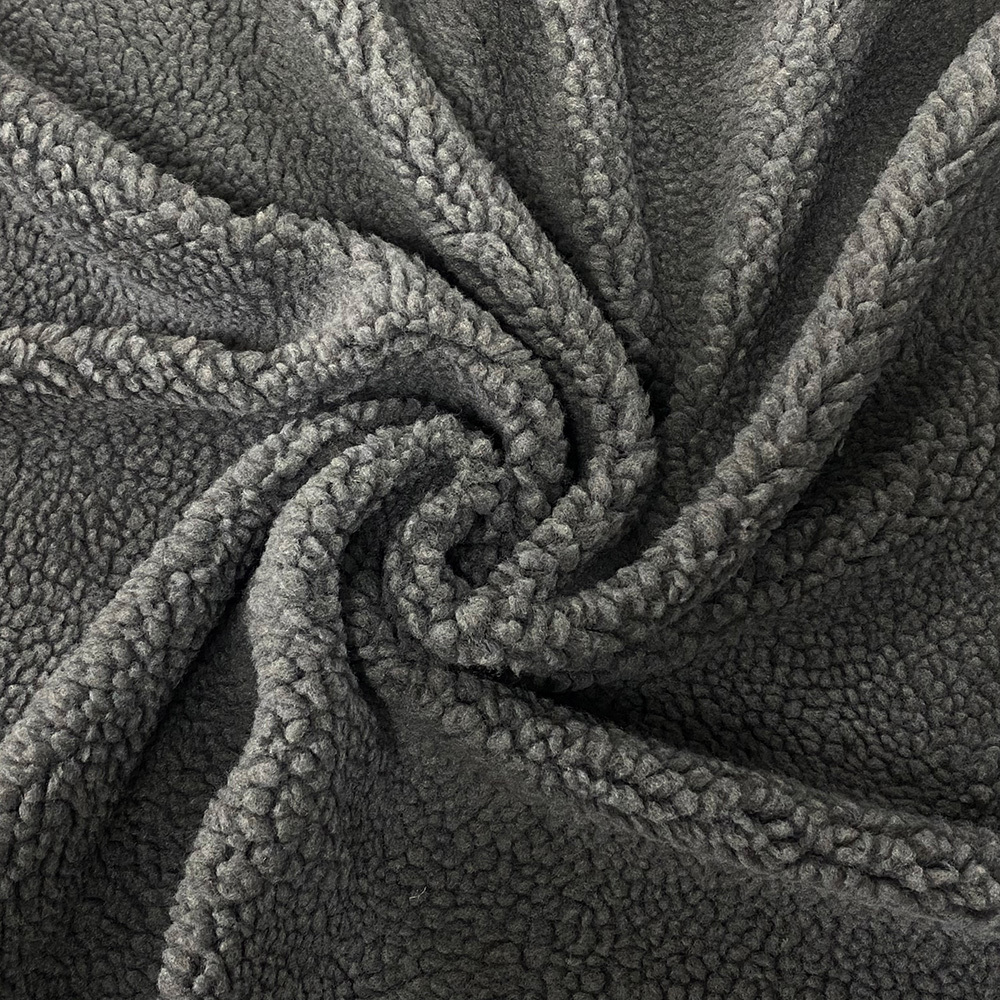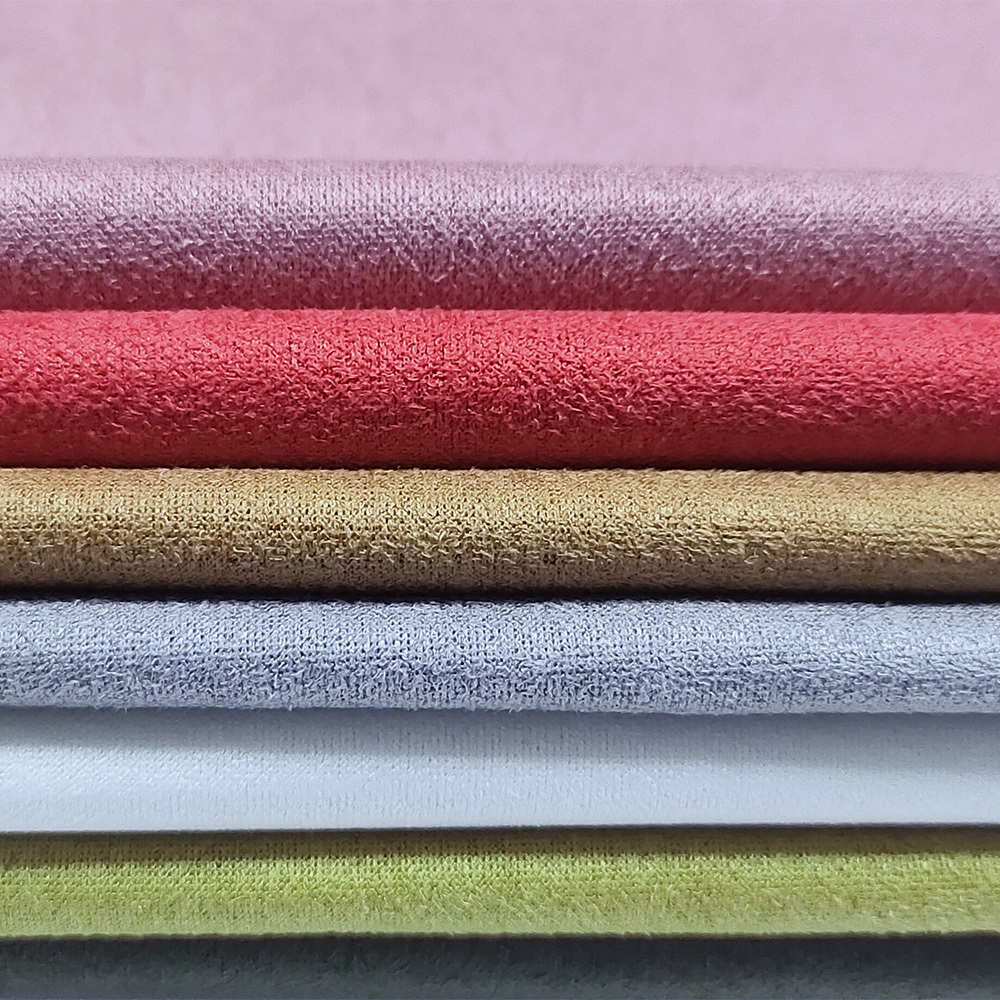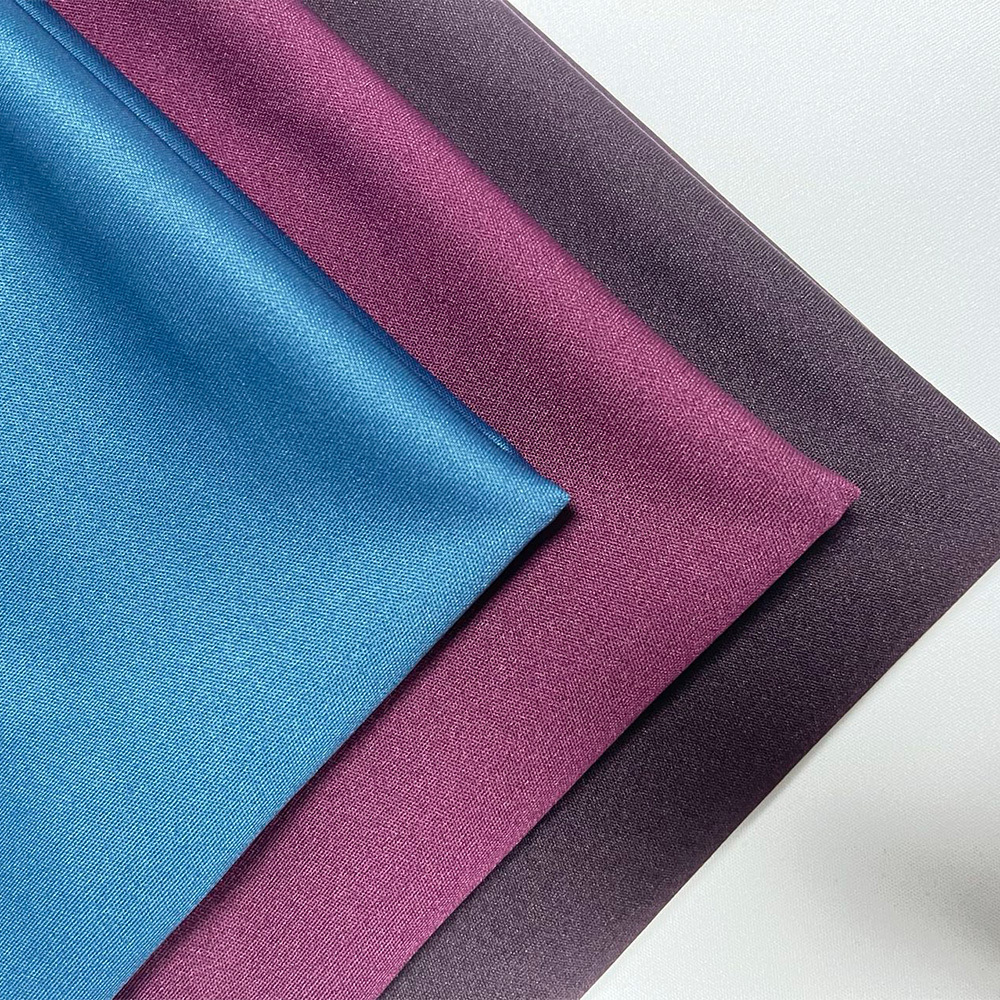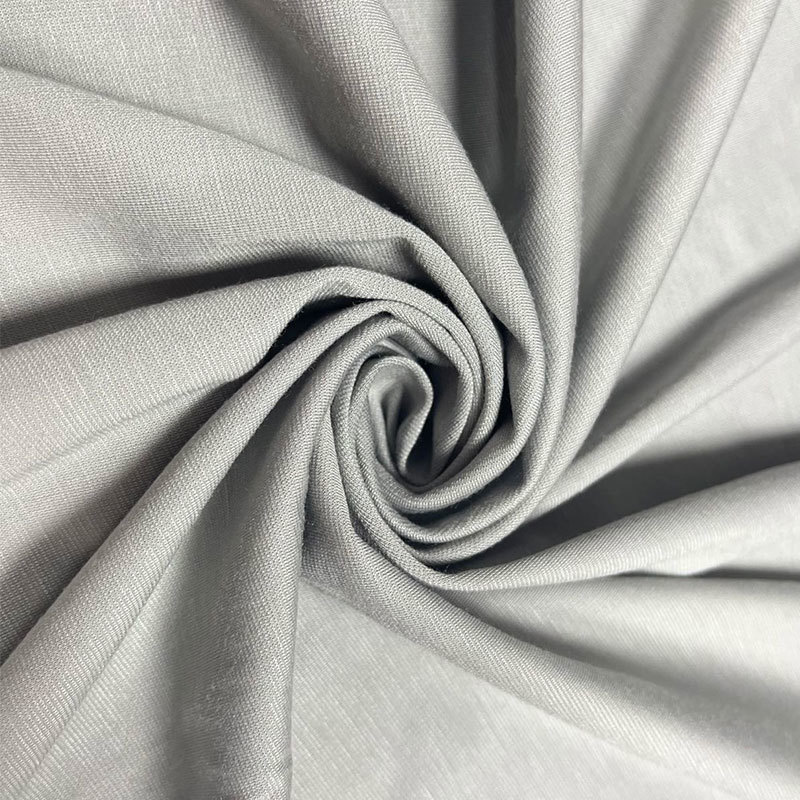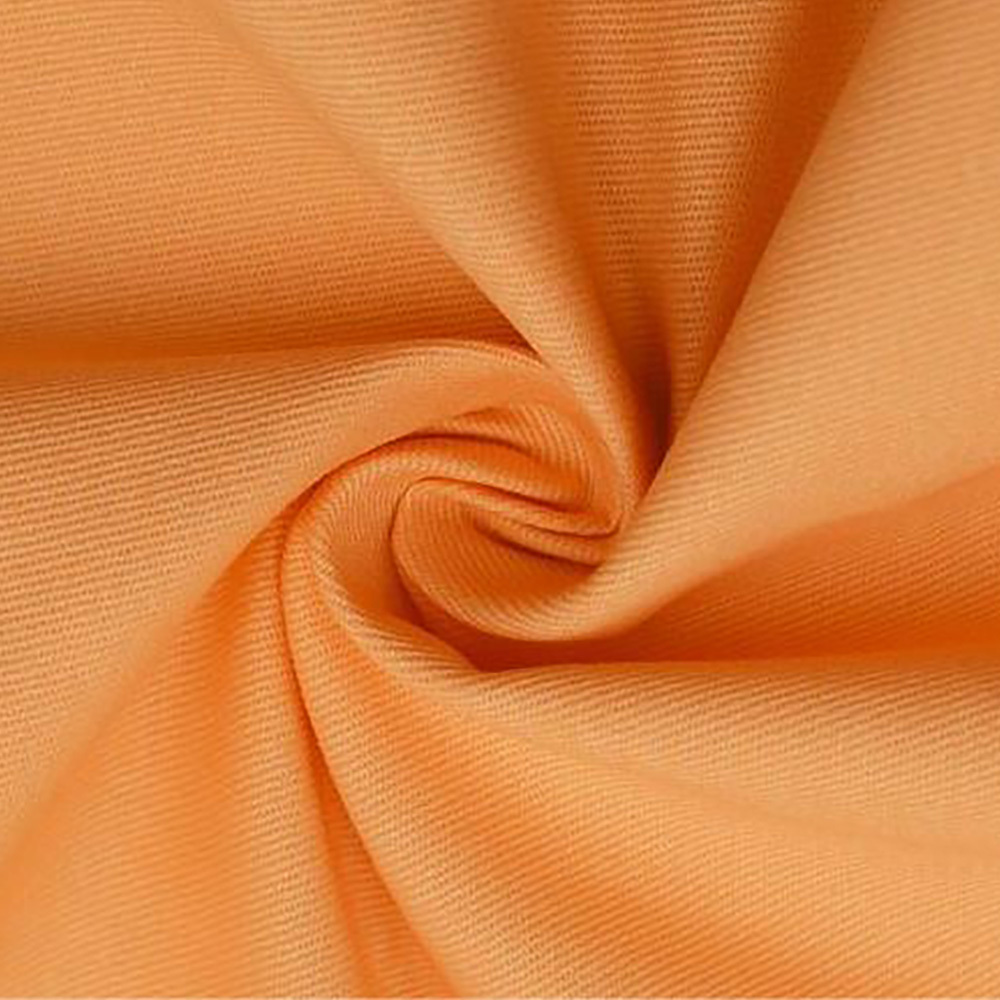Composite fabric is a new kind of material which is made by bonding one or more layers of textile material, non-woven material and other functional materials. In the process of clothing customization, composite fabrics are often used in some scenes that have special functions for the fabric. Not a universal fabric type.
What kind of clothes can you make from sweatcloth?
Sweatcloth is a common knitted fabric, relative to the woven fabric is elastic, its knitting and knitting sweater the simplest flat knitting method is the same, warp and weft have a certain degree of elasticity. But if it's elastic, it's more elastic. Sweatcloth refers to the weft knitted fabric made of underwear, which is relative to polyester, polyester cotton, and other fabric components.
How many of the six commonly used Elastic fiber do you know?
Elastic fibers refer to strands with high extensibility and high resilience. The most classic definition is given by ASTM: "At room temperature, the material is repeatedly stretched to at least 2 times its original length, and after the tension is released, it can quickly recover to the original length" of a class of fibers, and for polyurethane materials, it means that after stretching to 3 times the original length, the release of tension can quickly recover the original length of the fiber. In addition, there are other definitions depending on the country and region.
Advantages and disadvantages of fleece
Shake grain velvet is a type of knitted fabric, which is a small Yuanbao knitted structure that is woven on a large circular machine. After weaving, the fabric is first dyed, and then subjected to various complex finishing processes such as pulling, combing, shearing, and shaking grains. The fabric is brushed on the front side, and the shaking grains are dense and not easy to fall off or pilling. The back side is brushed sparsely and evenly, with short fluff, clear organizational texture, and excellent fluffy elasticity.
What are the types of knitted fabrics
1、 Classified by purpose Knitted fabrics can be divided into two types according to their usage: underwear fabrics and outerwear fabrics. The characteristics of underwear fabric are fitting, elastic, comfortable, easy to exercise, good softness, good moisture absorption and breathability, and good wrinkle resistance. However, the fabric is easy to detach, has poor dimensional stability, and is prone to snagging, pilling, and pilling.
What are the components of knitted fabrics
There are many components in the production of knitted fabrics, often made from polyester, nylon, vinylon, spandex, cotton yarn, polypropylene, wool yarn, etc., as well as cotton, wool, silk, linen, chemical fibers, and their blended yarns. Generally, it has good elasticity and elongation, and the fabric is soft, firm, wrinkle resistant, with a strong sense of wool shape, and is easy to wash and dry quickly. However, its moisture absorption is poor, and the fabric is not firm enough, and it is easy to detach and curl. Chemical fiber fabrics are prone to fuzzing, pilling, and snagging.
What season is Roman fabric suitable for wearing
Roman fabric is actually a type of knitted fabric, which has the characteristics of soft and comfortable, non allergic, high breathability, and high elasticity. It is often made into close fitting clothing, such as autumn clothes and pants. Roman fabrics are divided into ordinary Roman fabrics and high-end Roman fabrics based on the number of weaves.
Woven fabrics generally do not pilling, and the main reason for fabric pilling is the fiber length of the yarn and the tightness of the fabric. Yarns with static electricity, such as TR type, are relatively more pilling. Loosely woven fabrics are also prone to pilling. Shuttle weaving fabrics are woven by weaving machines in the form of a shuttle, which interlaces yarns in the warp and weft directions. Their organization generally includes three categories: plain, twill, and satin, and their variations. This type of fabric is sturdy, straight, and not easily deformed due to the interlaced warp and weft weaving method. It is classified according to its composition, including cotton fabric, silk fabric, wool fabric, linen fabric, chemical fiber fabric, and their blends and interweaving fabrics. The use of woven fabrics in clothing is leading in both variety and production quantity in the world. Touch the fabric with your hand, and if the fabric is hard and has a smooth feeling, then.

